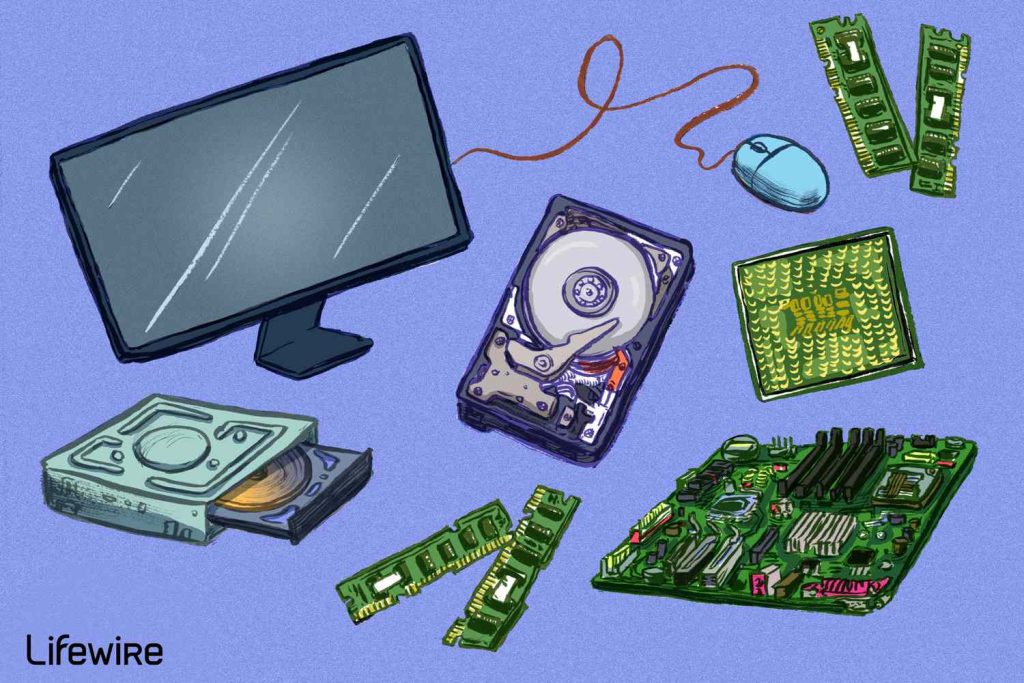Equipment encompasses the concrete the different parts of processing methods, serving as the foundation for digital technology and innovation. From the humble abacus to the cutting-edge quantum computers of nowadays, equipment has undergone an amazing progress, driven by improvements in components science, design, and research theory. At its core, equipment comprises a varied array of components, including processors, memory modules, storage units, input/output peripherals, and networking equipment, each enjoying a vital role in the functionality and efficiency of processing systems.
The rapid pace of technological development has led to the growth of increasingly powerful and efficient electronics solutions. Moore’s Legislation, which predicts that the amount of transistors on incorporated tracks may double around every 2 yrs, has served as a guiding principle for equipment growth, operating advancement and pushing exponential development in computational capabilities. As a result, contemporary equipment units can handle doing complex calculations and executing advanced calculations with unprecedented pace and efficiency.
One of the very significant trends in equipment development may be the shift towards parallel computing architectures. Old-fashioned consecutive handling methods are increasingly being enhanced or changed by parallel handling practices, which allow numerous tasks to be executed concurrently, ultimately causing significant improvements in efficiency and scalability. Similar research is particularly well-suited for jobs such as for example clinical simulations, information analysis, and artificial intelligence, where big datasets and complex computations are common.
Yet another crucial area of electronics advancement could be the development of specific accelerators and co-processors built to offload certain computational responsibilities from the CPU. Artwork control products (GPUs), as an example, are generally employed for accelerating design portrayal and parallel control projects, while field-programmable entrance arrays (FPGAs) present freedom and programmability for a wide variety of applications. More recently, there is a huge growing curiosity about neuromorphic research, which tries to imitate the framework and function of the human brain using hardware-based neural networks.
Along with improvements in processing power and effectiveness, electronics development has additionally centered on increasing power effectiveness and sustainability. As considerations about environment change and environmental influence grow, there is increasing stress on hardware manufacturers to style items that digest less power and make fewer emissions. It’s resulted in innovations such as for instance low-power processors, energy-efficient data stores, and eco-friendly production operations, all directed at reducing the environmental footprint of processing technology.
Protection is still another important consideration in electronics style, particularly in gentle of the growing threats presented by cyber attacks and data breaches. Hardware-based protection features, such as for instance protected boot systems, equipment security, sazeplus.com respected system segments (TPMs), help protect painful and sensitive data and ensure the integrity of processing systems. Moreover, developments in hardware-based certification and biometric technologies present new approaches to increase safety and privacy in digital systems.
As hardware continues to evolve and improve, it is driving advancement across a wide range of industries and applications. From autonomous vehicles and clever appliances to healthcare devices and professional robots, hardware technologies are reshaping the way in which we stay, perform, and talk with the planet around us. With constant study and development efforts driving the boundaries of what is probable, the ongoing future of equipment holds incredible promise for extended progress and advancement in the digital age.


